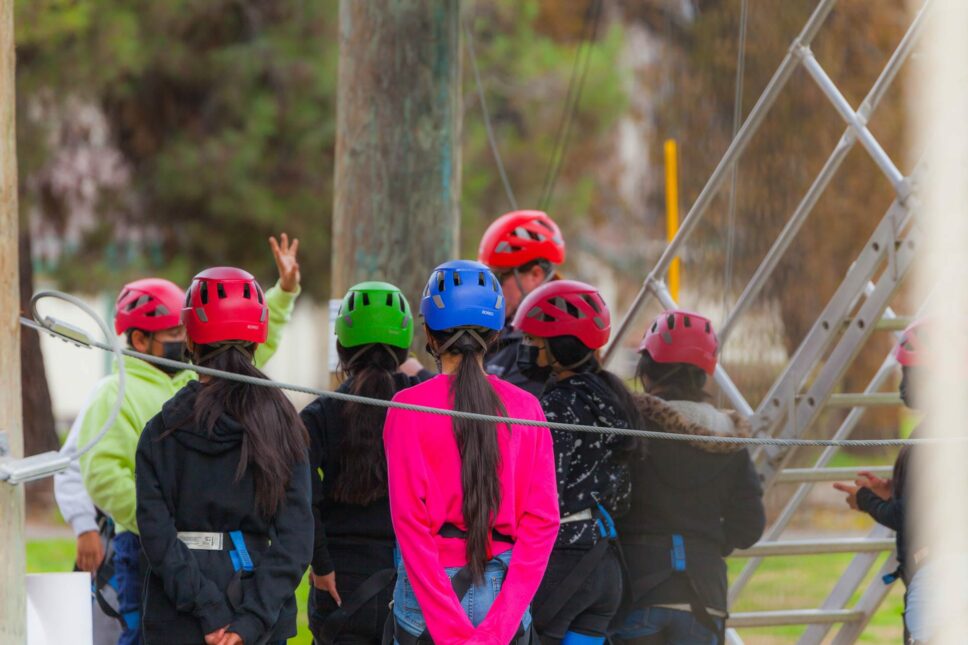
Outdoor education is more than just a walk in the woods; it’s a powerful way to help students connect with their environment, their peers, and themselves. By stepping outside the traditional classroom and into nature, students gain new perspectives, develop practical skills, and engage with learning in a hands-on way.
The most effective outdoor education activities blend adventure with education, encouraging curiosity and building confidence. At Wonder Valley Outdoor Education, these experiences are central to every program, offering students a chance to grow through discovery, collaboration, and real-world challenges.
Here are five impactful outdoor education activities that make learning come alive.
1. Nature Scavenger Hunts
Scavenger hunts aren’t just for fun—they’re a great way to sharpen students’ observation skills and spark curiosity about the natural world. These hunts can be tailored to include local flora and fauna, environmental clues, or even sensory experiences like different textures or smells.
For younger students, the goal might be as simple as finding something soft, something green, and something that makes noise. Older students can take it a step further by identifying native species or documenting environmental changes. These activities promote awareness, patience, and an appreciation for biodiversity.
2. Team-Building Challenge Courses
Team building activities like ropes courses and problem-solving help students build resilience, leadership and communication skills. They also foster empathy and teach the importance of working together toward a common goal.In a supportive outdoor environment, students step outside their comfort zones and learn to listen, strategize, and support one another. These kinds of physical and mental challenges reflect many of the experiential learning methods integrated into outdoor education programs, where growth is measured not just in academic knowledge, but in character development.
3. Stream and Soil Ecology Labs
There’s nothing quite like getting your hands muddy while learning about ecosystems. Outdoor classrooms allow students to investigate the world around them in real time by collecting water samples, testing pH levels, or studying erosion patterns.
This kind of immersive, inquiry-based learning builds scientific thinking and encourages students to ask deeper questions about the environment. It also reinforces classroom concepts like food chains, habitats, and conservation.
4. Outdoor Adventure Recreation
Learning how to canoe, trail ride, or hike doesn’t just prepare students for a wilderness adventure; it teaches resourcefulness, self-reliance, and adaptability. These outdoor education activities are especially beneficial for students who may not have much experience in nature.
By mastering these skills, students gain confidence in their ability to handle new situations and problem-solve independently. It’s a chance to grow emotionally as much as physically, and these activities often become the highlight of a student’s outdoor education experience.
5. Reflective Nature Journaling
Outdoor education isn’t all action and adrenaline; it offers moments of quiet reflection. Nature journaling encourages students to slow down, observe their surroundings, and document what’s around them. This can include drawing landscapes or noting changes in the weather or wildlife activity.
Journaling blends creativity with science and nurtures mindfulness, helping students form a personal connection to the natural world.
Bringing Learning to Life Through Outdoor Education
The best outdoor education activities help students discover who they are and what they’re capable of while learning through hands-on experiences. Whether they’re studying ecosystems, developing teamwork, or navigating a new trail, students engaged in outdoor learning are more likely to retain knowledge and develop critical life skills.Ready to explore the benefits of outdoor education? Contact Wonder Valley Outdoor Education in California today.



